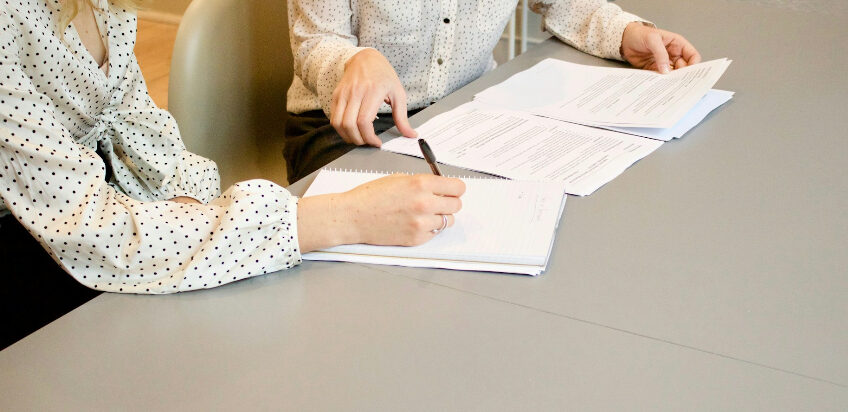After an accident, one of the first questions that arises is, Who was at fault? But sometimes, the answer is not clear-cut. What if both parties share some responsibility for the accident? In New Jersey, this situation is handled under a legal principle called comparative negligence. Understanding how comparative negligence works is critical if you are pursuing compensation for injuries or property damage.
What Is Comparative Negligence?
Comparative negligence is a legal doctrine used to determine fault when more than one party contributed to an accident. Instead of assigning full blame to a single person, fault is divided based on each party’s percentage of responsibility. This matters because the amount of compensation you receive can be reduced by the percentage of fault assigned to you.
For example, if you were injured in a car accident and suffered $100,000 in damages, but you were found to be 20% at fault for speeding, your recovery would be reduced by 20%, leaving you with $80,000.
New Jersey’s Modified Comparative Negligence Rule
New Jersey follows a modified comparative negligence rule, sometimes called the 51% bar rule. This means that you can recover damages only if you are 50% or less at fault for the accident. If you are found to be more than 50% responsible, you are barred from recovering any compensation.
This rule applies to many types of cases, including car accidents, slip and fall claims, and other personal injury lawsuits. It encourages fairness by holding each party accountable in proportion to their contribution to the accident.
How Fault Is Determined
Determining fault in New Jersey is fact-specific and often involves investigation and negotiation. Insurance adjusters, attorneys, and sometimes juries consider:
- Police reports
- Accident scene photos and videos
- Witness statements
- Expert testimony, such as accident reconstruction
- Whether traffic laws, safety codes, or industry standards were violated
Each piece of evidence helps assign a percentage of fault to the parties involved.
Comparative Negligence in Car Accidents
This doctrine is especially common in car accident cases. For instance, imagine you were hit by a driver who ran a red light, but you were also texting at the time. A court might find that the other driver was 80% responsible and you were 20% responsible. Your damages would be reduced accordingly.
Comparative Negligence in Premises Liability
Slip and fall cases also frequently involve comparative negligence. If you slipped on a wet floor but ignored a clearly visible warning sign, you might be found partially at fault. This could reduce your compensation but would not necessarily eliminate it unless your share of fault exceeded 50%.
Why Legal Representation Matters
Because comparative negligence can significantly affect the value of your claim, it is important to have experienced legal representation. Insurance companies often try to assign a higher percentage of fault to injured parties to minimize payouts. An attorney can gather evidence, challenge unfair fault determinations, and work to ensure you receive the maximum compensation possible.
Conclusion
Comparative negligence in New Jersey allows for fairer outcomes when multiple parties share responsibility for an accident. As long as you are 50% or less at fault, you can still recover damages—though your award will be reduced by your share of the blame. Understanding how fault is determined and acting quickly to gather evidence can help protect your rights. Consulting with a knowledgeable personal injury attorney ensures that fault is assessed fairly and that you pursue the compensation you deserve.
